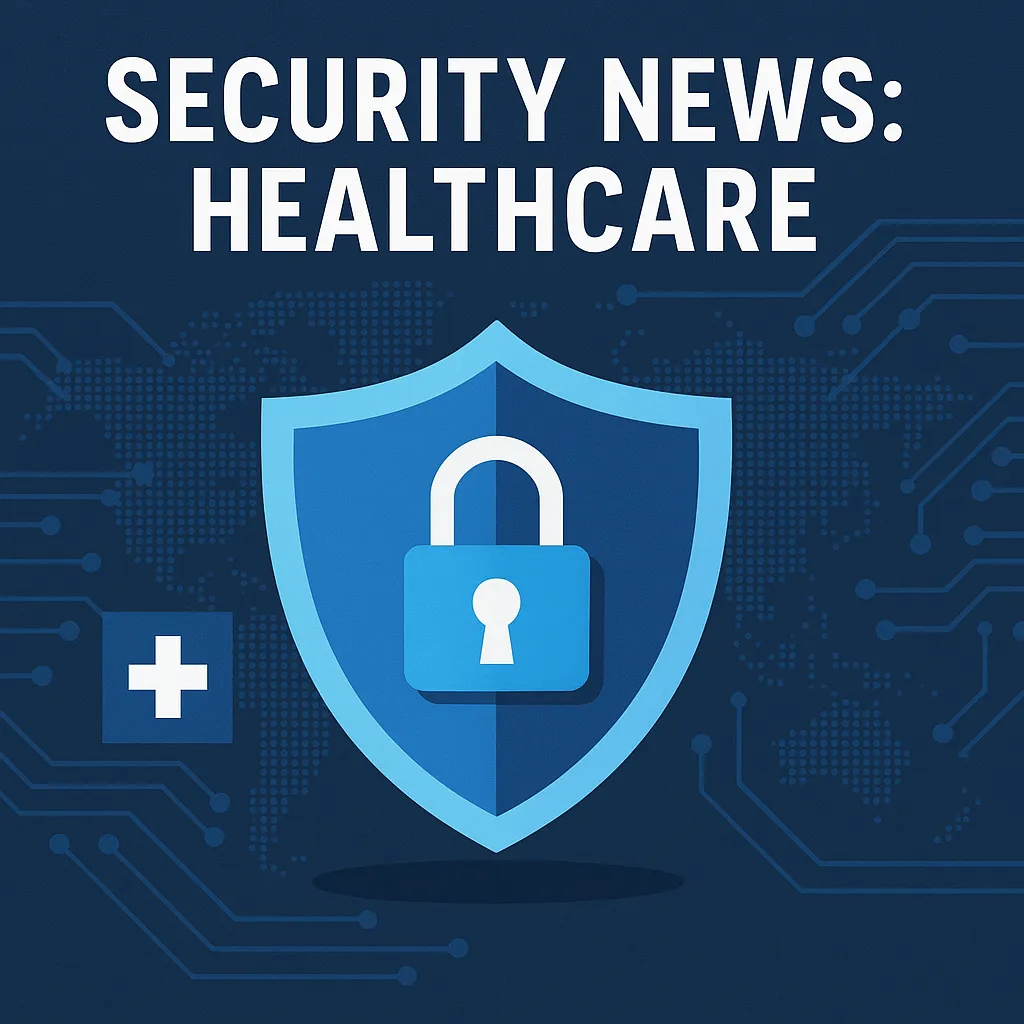Enhancing Cybersecurity in Healthcare: Protecting Hospitals and Patient Data
In an age where healthcare services are increasingly dependent on digital technology, the need for robust cybersecurity measures has never been more critical. This blog post aims to shed light on the various cybersecurity challenges faced by the healthcare sector, particularly in rural areas, and provide actionable advice for enhancing data protection in these facilities.
Understanding the Threat Landscape
The healthcare sector has become a prime target for cybercriminals. Not only do healthcare organizations store sensitive patient data, but they also rely on networked systems that are not always secure. Reports of cyberattacks on hospitals, such as the doubling of attacks between 2016 and 2021, highlight the growing threat landscape that can endanger patient safety.
Real-World Impact of Cyberattacks
The consequences of a security breach in a healthcare setting can be catastrophic. For instance, the ransomware attack on Change Healthcare impacted approximately 100 million people, as noted in an article on PacketStorm News. Such attacks not only risk patient data but can also disrupt medical services, leading to delays in care and potential harm to patients.
Strategic Measures to Enhance Cyber Hygiene
It is crucial for healthcare organizations, especially in rural areas, to adopt comprehensive cybersecurity strategies. Initiatives seen in reports such as how robust cybersecurity hygiene can protect rural healthcare networks, suggest that beyond basic defenses, a layered security approach is necessary.
Cybersecurity Investments and Surveys
According to a Survey by HIMSS, over half of the surveyed healthcare organizations intend to increase their cybersecurity budget. This is a positive sign that the industry is taking the threat seriously and is planning proactive measures to safeguard their infrastructure and data.
Practical Steps for Protection
Healthcare facilities can improve their cybersecurity posture by implementing regular training, adopting advanced security technologies, and conducting periodic audits. Additionally, creating a culture of security among staff is essential. Engaging with cybersecurity experts and investing in updated systems are also crucial steps toward minimizing the risk of cyber threats.
Conclusion and Takeaways
As cyber threats evolve, so too must the defenses of healthcare organizations. By understanding the risks, making strategic investments in cybersecurity, and fostering a culture of vigilance, healthcare providers can better protect themselves and their patients from the potential devastation of cyberattacks.

